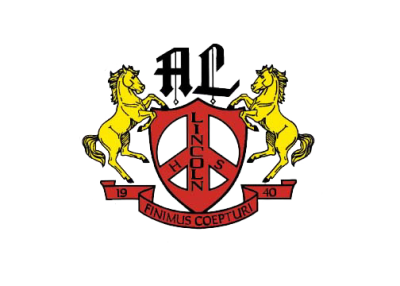Examples of student work (Visual and Performing Arts)
Link to this section
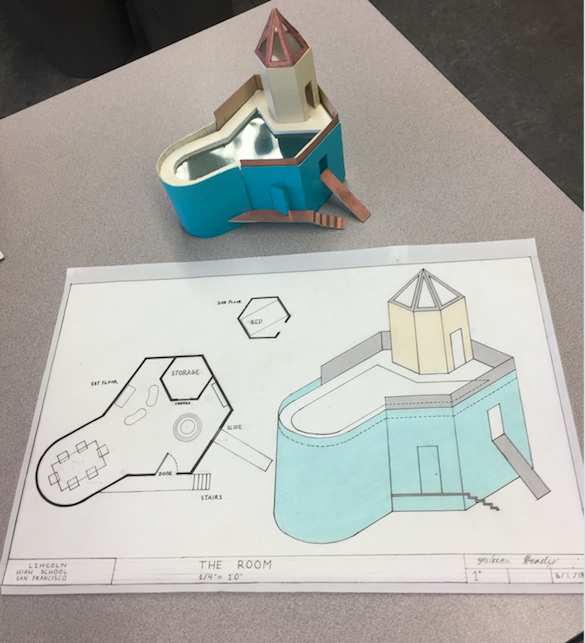
VAPA Student Work
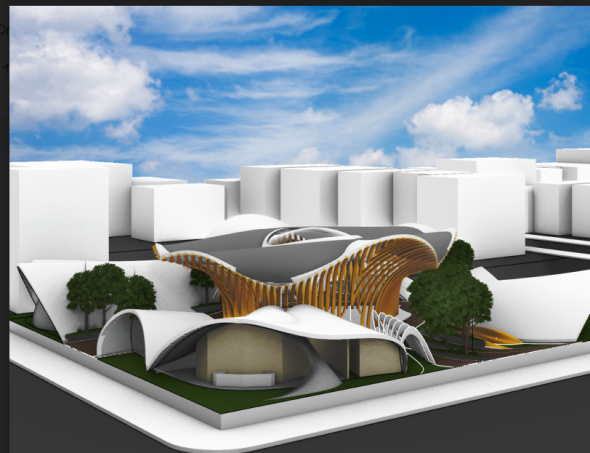
VAPA Student Work
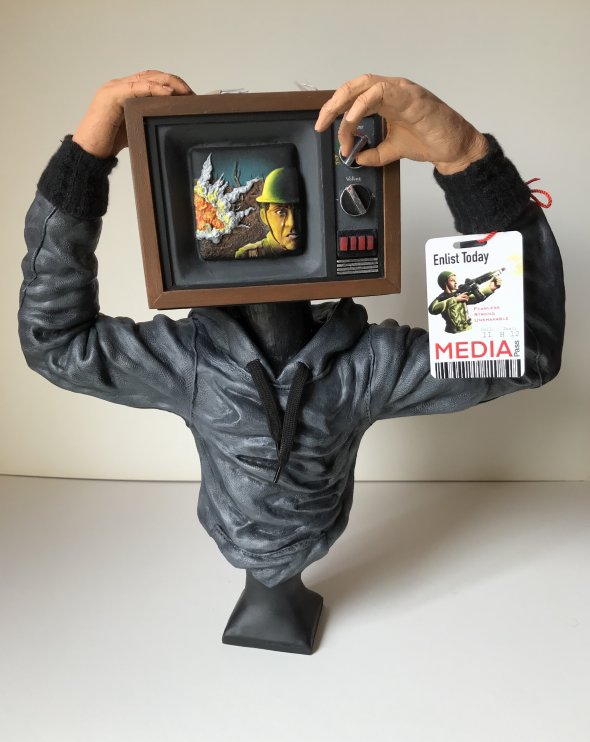
VAPA Student Work
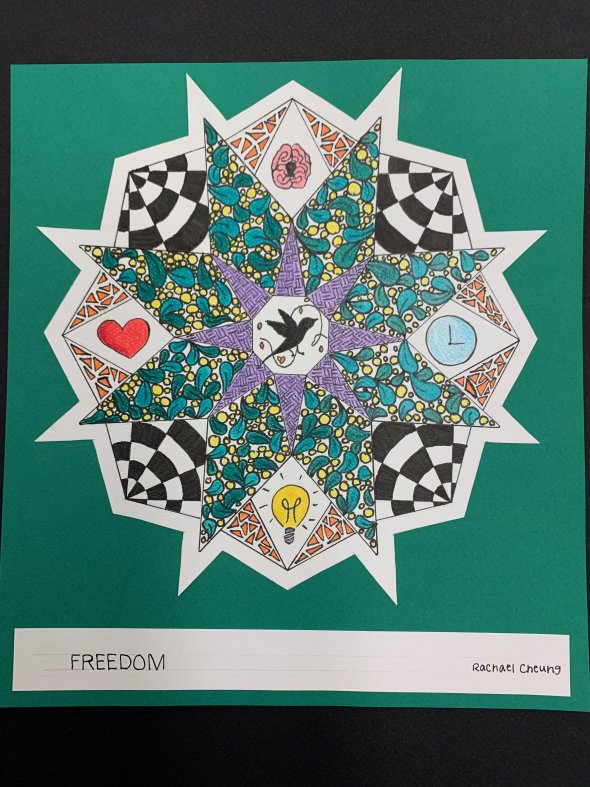
VAPA Student Work
VAPA Student Performance
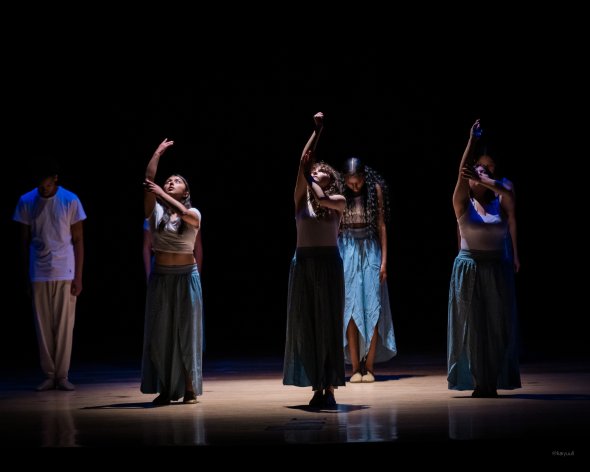
VAPA Dance Club
VAPA Dance Performance
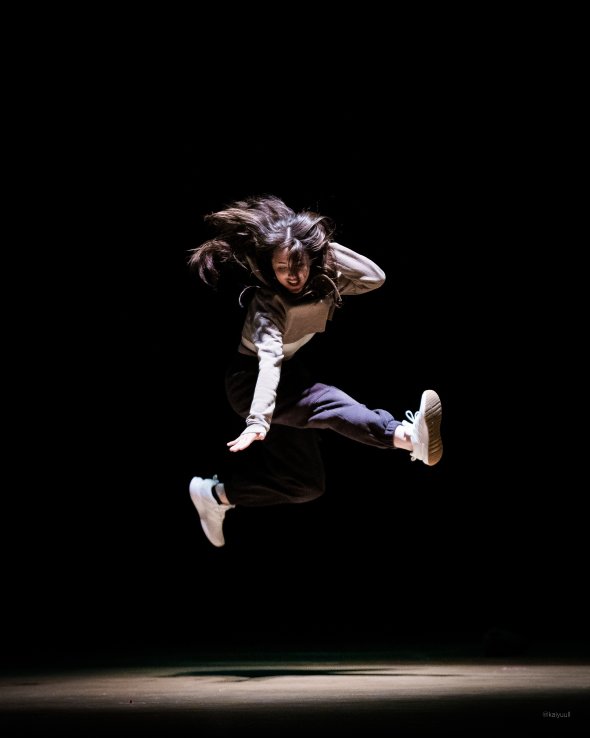
VAPA Dance Performance
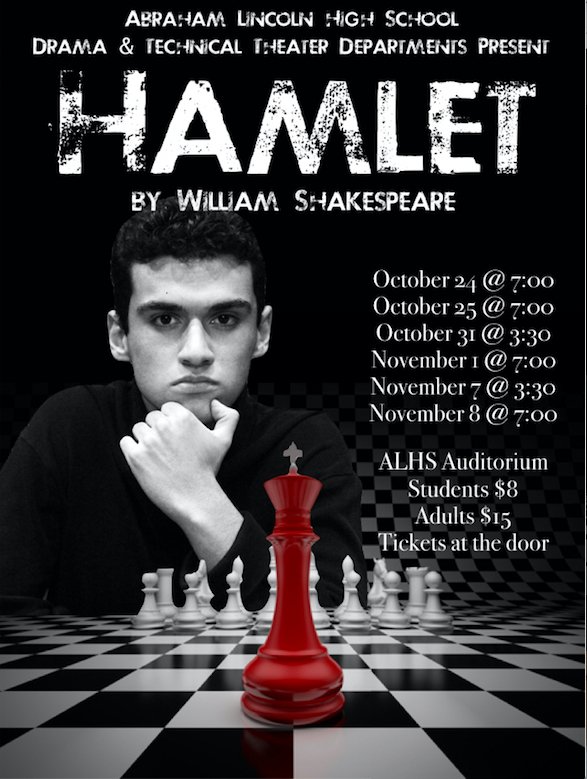
VAPA Drama Dept. Performance
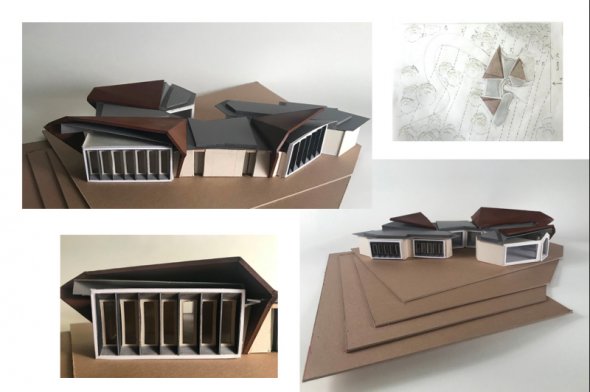
VAPA Student Work
Course Descriptions Link to this section
WELCOME TO THE ABRAHAM LINCOLN HIGH SCHOOL ARTS DEPARTMENT
Visual and performing arts classes at ALHS are designed to provide a comprehensive and sequential instruction over a course of 2, 3, or 4 years. All courses fulfill the one-year graduation requirement of the district, the upper division elective requirements for college readiness, and are A-G approved for entrance to the State and UC system. Courses are two semesters in length and expose students to a broad spectrum of skills, techniques, concepts and cultural contexts important to literacy in the arts. We provide multileveled instruction in the fields of dance, drawing and painting, drama, ceramics, photography, coding and computer art, guitar, band, choir and architectural design. We offer four Advanced Placement College level courses (AP Music Theory, AP 2D Art and Design, AP 3D Art and Design, and AP Art History) that may earn the student college credit upon successful completion of the AP Exam. Each AP course also gives students a one point GPA boost. Students intending to major in VAPA in college should take 2–4 years of high school VAPA course work. Our students often continue their studies in college, art, music school or vocational school.
Arts Department courses are aligned with the California Visual and Performing Arts Standards and SFUSD Standards.
Course Offerings:
AP 2D Art
A course for students who have successfully completed Drawing and Painting, Art and Architecture, or by permission. Students must demonstrate technical competence, building and refining skills using a range of media; pencil, pen, chalk, crayon, watercolor and ink, paper mache and clay. Students will learn to think, talk and write about art through the study of artists and art concepts from a variety of cultures and time periods. Craftsmanship, self – expression and experimentation are emphasized.
AP 3D Art and Design***
Students taking AP 3D studio art will need to work independently and be prepared with ideas for each class period. In this college level course you will pursue the investigation of three-dimensional sculptural forms. It is important to learn to express yourself in your own personal style, using the elements and principles of art. Students will develop mastery in concept, composition and execution. Critiques with peers and teacher will be an ongoing process and will be part of the assessment for the course grade. Other assessments will be formative (critiques, brainstorming, individual teacher feedback to your progress) and summative (tests) as projects are completed. AP 3D Studio Art is a program administrated by College Board to provide highly motivated students with an opportunity to earn college credit. Students will create a portfolio of artwork exploring three-dimensional art and documentation of that work with digital photography. In early May, students will submit their completed portfolio of digital images to the College Board for scoring. If students receive a passing score of 3, 4, or 5, they may receive college credit for the class. Students also earn an extra point on their GPA for this class. AP 3D Studio Art meets the University of California A - G Visual and Performing Arts & elective requirements.
*** Availability depending on Student Interest
Architecture
Architecture is an introductory level, two-semester, survey class designed to provide instruction for students in the fundamental concepts of architecture, engineering, and aesthetic appreciation. The core curriculum emphasizes and integrates academic, practical, technical, and artistic skills.
Ceramics
Students are introduced to methods and materials used in Ceramics, including hand building techniques used for the construction and surface decoration of clay, such as; clay modeling, slab building, pinching, and coil construction. Students are also encouraged to produce wheel thrown pottery and sculpture. The practice of good craftsmanship, self-expression, and experimentation are emphasized. Students study the art of many cultures including Asia, the Americas, Africa and Europe. Students are required to participate in reflective writing, drawing, and to maintain a binder, which includes notes, vocabulary and procedures.
Creative Computing
Creative Computing is an introductory course whereby students study and generate static and dynamic digital art to explore, critically discuss, and create art. Students will study the fundamentals of art (color, shape, composition, perspective, texture, light, and animation principles). The course will introduce students to the essential computer science concepts including algorithm development, abstraction, data representation, binary, the Internet and social media. Students will use these art and computer science fundamentals to create artistic pieces in project- based learning.
Dance 1
Dance 1 is designed to introduce students to the basics of dance in a variety of styles including ballet, contemporary, hip hop, jazz, and more. Over the course of the year, students will learn technique, creative movement, dance vocabulary, and dance etiquette. They will be expected to move, create, perform, and reflect while completing creative tasks individually and collaboratively. Upon successful completion of the course, students may enroll in a more advanced dance level the following year with teacher approval
Dance 2
Dance 2 is designed for the intermediate or advanced dancer who has successfully completed Dance 1 or who has at least one year of technical dance experience already. Students will continue to strengthen their skills and knowledge of movement in a variety of styles, and will begin to dive deeper into their choreographic skills. Students are expected to move, create, perform, and reflect throughout this year-long course.
Drama
Drama will teach the fundamentals of theater. Students will learn movement and vocal techniques as well as theater vocabulary. Students will also learn to work in an ensemble as well as individually. The second part of the course will focus on theater history and basic scene study. Students will continue to study important aspects of theater as well as focusing on the production and performance element of drama. Students will investigate various ways to build a character and create a relationship. Traditional and non-traditional theater methods of acting will also be explored. Students will be required to put in after school hours to work on various drama productions. Previous theatrical experience required.
Drawing & Painting
Drawing and Painting is a course designed as an overview of the visual arts and art-making by exploring a variety of materials and techniques. Students will learn 2-dimensional techniques like drawing, painting, and collage and then use those skills and techniques as design tools in the process of making 3-dimensional art like mask-making and sculpture. It is open to 9-12 graders.
Introduction to Piano
This class will function both as an introduction to playing the piano as well as an introduction to music theory as a whole. Students will learn about pitch, rhythm, tempo, chords, major/minor scales, dynamics, and expression as they learn to play various styles of music on the piano. Additionally, students will have the opportunity to collaborate with each other in the form of duets, multi-instrumental performances, and jam sessions.
Introduction to Guitar
This class will function both as an introduction to playing the guitar as well as an introduction to music theory as a whole. Students will learn about pitch, rhythm, tempo, chords, major/minor scales, dynamics, and expression as they learn to play various styles of music on the guitar. Additionally, students will have the opportunity to collaborate with each other in the form of duets, multi-instrumental performances, and jam sessions.
Photography
An introductory course in Black and White film photography. The course is designed to serve students who have probably never used a manual camera or worked in a dark room before. Concepts and skills that will be covered throughout the year-long course include:
- The scientific and artistic history of photography and the camera obscura
- Building and using a pinhole camera
- Making a “photogram”
- How to operate a manual 35mm SLR camera
- How to compose interesting photographs
- How to process negatives, make proof sheets, and enlarged prints
- How to participate in self and groups critiques of their work
- Laws around shooting in public and intellectual property
- How to “bracket” their shots and compensate for a light meter’s limitations
- How to use the camera aperture to control depth of field
- How to use the camera shutter to control motion effects
- How to plan for a project that has several steps, execute the project, and prepare it for presentation
- How to create a thesis of several photographs around a central theme
- Why a print of a photographer is considered “good” and how to assess the quality of a piece
By the end of the course, students will be comfortable and competent in all aspects of basic camera operation, shooting and darkroom skills. They should be well prepared for college level photography programs.
Theater Tech
Students will be instructed in all aspects of operating and maintaining the stage, auditorium, the surrounding areas, the lighting and sound system. Students must be available for selected activities, such as: assemblies, rallies, shows, concerts, and selected football and basketball games. Students and their parents will be required to sign a contract, which is a commitment of participation.
Emphasis will be placed on the production element of theater and each student will be expected to put in a number of hours outside of the normal class time. Students are expected to work after school preparing for theatrical events, late into the evening and/or on weekend hours. The amount of construction time needed depends on the show, the number of sets, and complexity of the set/light design, as well as the size, experience, and commitment of the technical crew. A student must participate in the production of shows to fulfill the outside hours requirement.
Continuing students will receive additional instruction in all aspects of operating and maintaining the stage, auditorium, the surrounding areas, the lighting and sound system. This will be a training ground for students wishing to become Stage or Assistant Stage Managers. Students will be required to be available for all selected activities. Students and their Parents will be required to sign a contract, which is a commitment of participation.
Contact List Link to this section
Department Chair:
Daniel Stingle - stingled@sfusd.edu
- Ceramics
Teachers:
Paige Anderson - andersonp1@sfusd.edu
- Photography
- Creative Computing
Jorge Goncalves - goncalvesj@sfusd.edu
- Creative Computing
Sean Gresens - gresenss@sfusd.edu
- Choir
- Guitar
- Piano
Dustin Hart - hartd1@sfusd.edu
- Band
- Orchestra
Kathleen Lussier-West - lussier-westk@sfusd.edu
- Drawing and Painting
- AP 2D Studio Art
Brenda Palaby - palabyb@sfusd.edu
- Dance
- Advanced Dance
- Yoga
Paolo Salzar - salazarp1@sfusd.edu
- Architecture
- Drawing and Painting
Elaine Walenta - walentae@sfusd.edu
- Drama
- Theater Tech
This page was last updated on October 29, 2025

